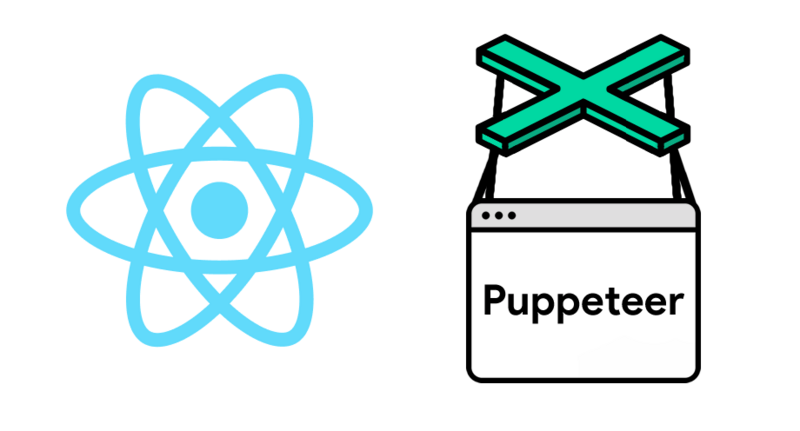
We are using CSS selectors and the innerText pageFunction to evaluate the selector and return its inner text. This allows us to use the method elementHandle.$eval(selector, pageFunction, rewritten as app.$eval(introSelector, el => el.innerText). In this example, we've created an elementHandle instance from our app page object. The Puppeteer API has classes with methods that allow us to interact with a page. If you want to skip this section and add this set-up to your current project, you can jump to Adding to an Existing Project. To see Puppeteer in action, let's take a look at a sample project. However, it offers much faster and less-flaky browser automation than Selenium-Webdriver. There are a couple of limitations – Puppeteer is JavaScript-only (it’s a node.js library), and currently limited to Chromium or Chrome (though at time of writing there is an experimental puppeteer-firefox package). It runs headless by default but can easily be configured to run in a browser. Developed by Google, Puppeteer controls Chromium or Chrome through a high-level API.

Puppeteer is a powerful tool for UI automation. It uses Jest as a test runner, modern JavaScript features and the page object model, and shows how easy it is to get Puppeteer up and running.

This project provides a simple way to add Puppeteer to a create-react-app generated app.


 0 kommentar(er)
0 kommentar(er)
